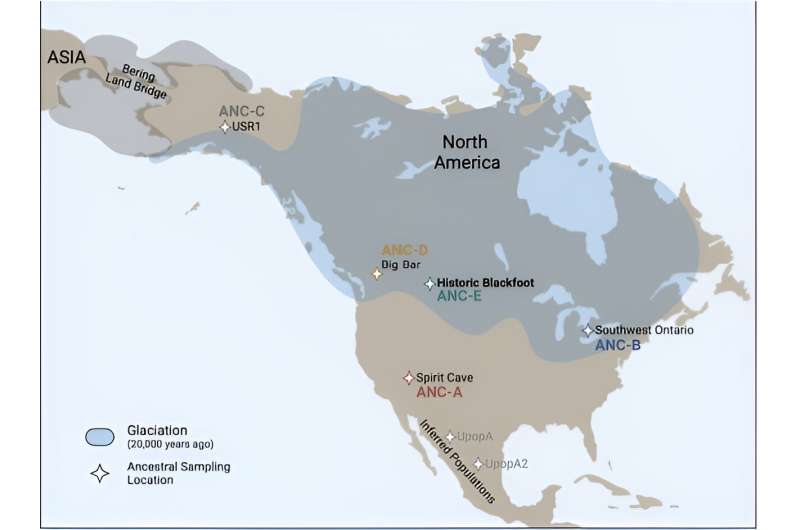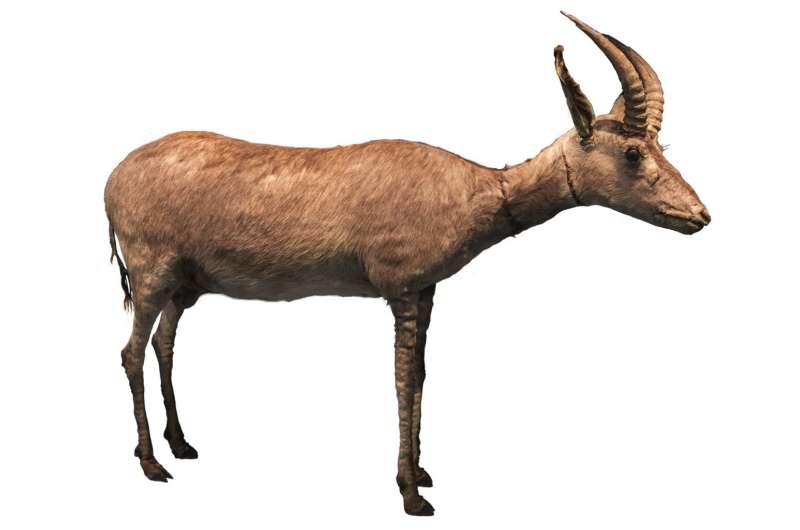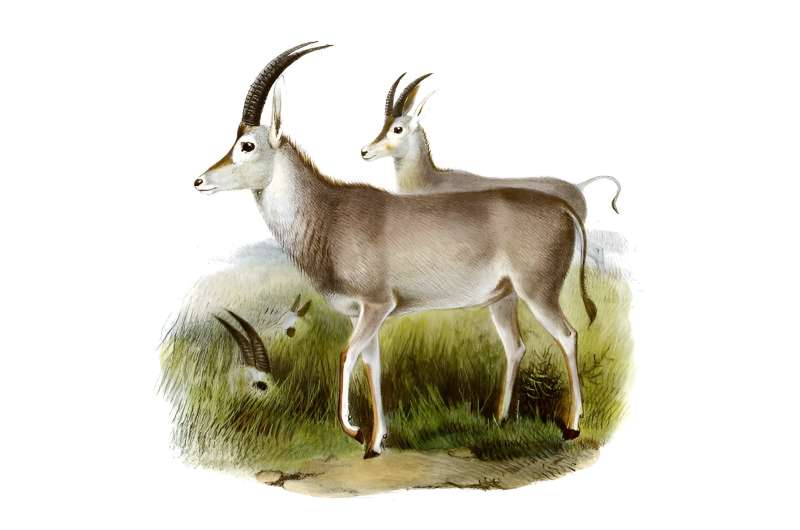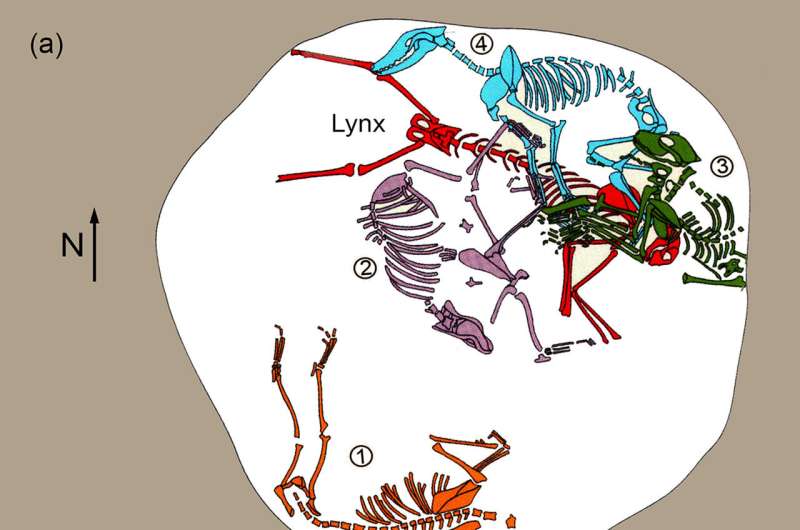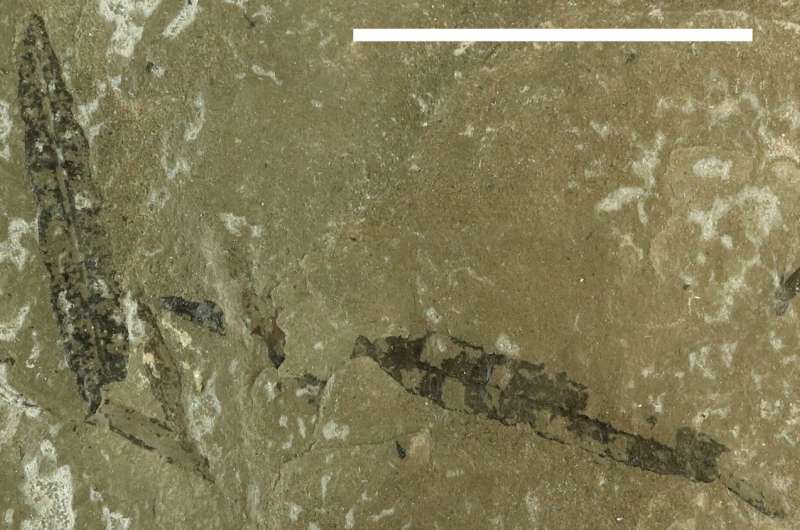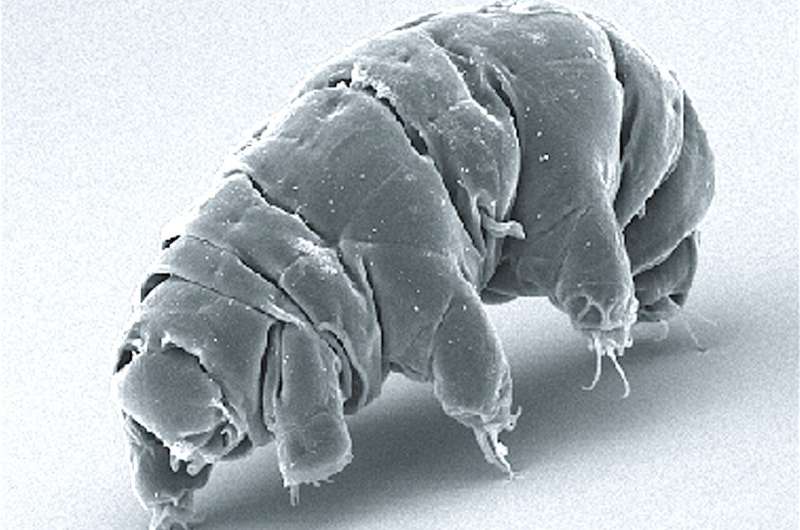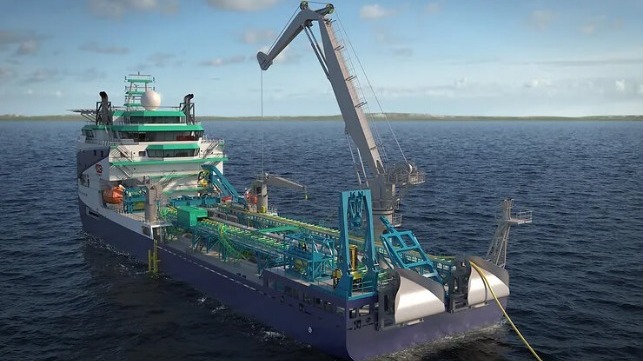Bumblebees don't care about pesticide cocktails: Research highlights their resilience to chemical stressors

Bumblebees appear to be quite resistant to common pesticides. This is shown by a new study, the results of which have now been published by scientists from Julius-Maximilians-Universität Würzburg (JMU) in the journal Environment International.
The team from the university's Biocenter divided a bumblebee colony and exposed the animals to individual insecticides and fungicides as well as combinations of these pesticides. The scientists then examined the learning ability and flight activity of the bumblebees treated in this way. No negative effects were found. The study was carried out in cooperation with the University of Bayreuth.
Wild bees absorb many pesticides
"Save the bees" is a call that has been on everyone's lips in recent years and has drawn attention to worldwide bee losses. Contrary to popular belief, however, honey bees are not affected by this decline, as they are well cared for by beekeepers. Bee mortality particularly affects wild bees, which have been studied much less intensely than honey bees.
"In nature, bees are not only exposed to individual stressors but usually encounter a variety of factors which can have negative effects on pollinators. The use of pesticides is one of the main causes of insect decline," says Ricarda Scheiner, explaining the background of the recently published study. Scheiner is a Professor of the Neuroethology of Arthropods at the Department of Zoology II at JMU and the lead author of the study.
Wild bees, including bumblebees, ingest many different pesticides on their foraging flights and carry them into the colony via their food.
"The ingestion of pesticide mixtures can have effects on behavior that are difficult to predict. Some agents can interact with each other and influence each other's effects, which can result in an enhanced or weakened effect," says Antonia Schuhmann, first author of the study and doctoral student with Ricarda Scheiner.
New method for researching pesticide mixtures
So, what happens when bumblebees ingest a cocktail of pesticides? Does this affect their behavior? The scientists investigated these questions in their experiments. In order to investigate whether pesticide mixtures have an effect on the learning behavior and flight activity of bumblebees, they have developed a new method at the Biocenter of the University of Würzburg.
A bumblebee colony is divided into four "compartments," and Scheiner explains, "This makes it possible to test individual treatments with insecticides and fungicides as well as mixed treatments on the same colony." Thanks to the new method, differences between colonies can be ruled out. In addition, fewer colonies are required per trial.
The researchers investigated learning behavior and flight activity after treatment with an insecticide, a fungicide and a mixture of the two and compared the results with a control group. To investigate learning behavior, the bumblebees were conditioned to colored dummy flowers in a flight arena.
They had to learn to associate a certain flower color with a sugar water reward and then fly to the trained color in a targeted manner. The result: the various pesticide treatments had no effect on the bumblebees' ability to learn.
Flight activity was investigated using modern RFID technology. Small tags were attached to individual bumblebees so that each animal had its own ID. Scanners in front of the colony read the ID and stored it, each with a time stamp. Thus the scientists were able to determine the flight activity of each bumblebee precisely. Again, the analysis showed no effects of the pesticides.
"The experiments show that the bumblebee appears to be resilient to chemical stressors such as pesticides," says Schuhmann, summarizing the main result of the study. However, it remains unclear how other wild bees would perform in the trials.
"The bumblebee benefits from its social lifestyle in the colony, which can buffer toxic effects and ensure the survival of weak individuals," says Scheiner. In addition, the bumblebee differs in body size from many solitary wild bees, which are significantly smaller.
According to the scientists, further experiments are therefore urgently needed to understand the effect of pesticide mixtures on different wild bee species.
More information: Antonia Schuhmann et al, Bumblebees are resilient to neonicotinoid-fungicide combinations, Environment International (2024). DOI: 10.1016/j.envint.2024.108608
Journal information: Environment International
Provided by Julius-Maximilians-Universität Würzburg
New study reveals that bees cannot taste even lethal levels of pesticides

